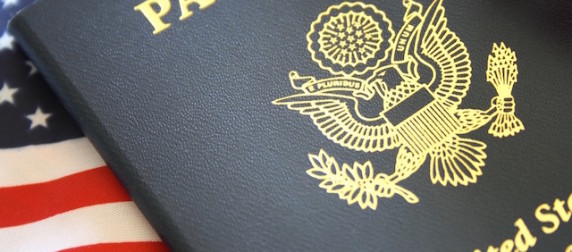Deportation and Removal Proceedings
Deportation/Removal Proceedings
Individuals unlawfully present in the United States because they entered without inspection or overstayed or otherwise violated an authorized period of stay, may be placed in deportation/removal proceedings if apprehended by an officer of the United States Citizenship and Immigration Services (“USCIS”). Similarly, Permanent Residents of the United States and others may also be placed n deportation/removal proceedings if they engage in prohibited activities or are convicted of specified crimes.
In order to begin deportation/removal proceedings against a Respondent alien, the USCIS must issue and serve the Respondent with a Notice to Appear setting forth, among other things, the nature of the proceedings and the charges and statutory provisions for the alleged violations. After the Notice to Appear is properly completed and served, a Master Calendar Hearing will be scheduled in Immigration Court and the Respondent alien must then answer the charges and apply for relief from removal.
There are several forms of relief available to aliens in deportation/removal proceedings. These include voluntary departure, adjustment of status, cancellation of removal (for certain permanent residents who have resided in the U.S. continuously for 7 years and for certain non-immigrant residents who have been continuously present in the U.S. for 10 years), asylum, and withholding of removal. There are also special forms of relief available for certain Nicaraguans, Salvadorans, Guatemalans, and nationals of former Soviet Bloc Countries.
If an individual is eligible for relief, the merits of their case will be presented and decided by the Immigration Judge at an Individual Hearing for the Respondent alien. In most cases, a Respondent alien may appeal a negative decision of the Immigration Judge to the Board of Immigration Appeals (BIA).



Comments are closed.